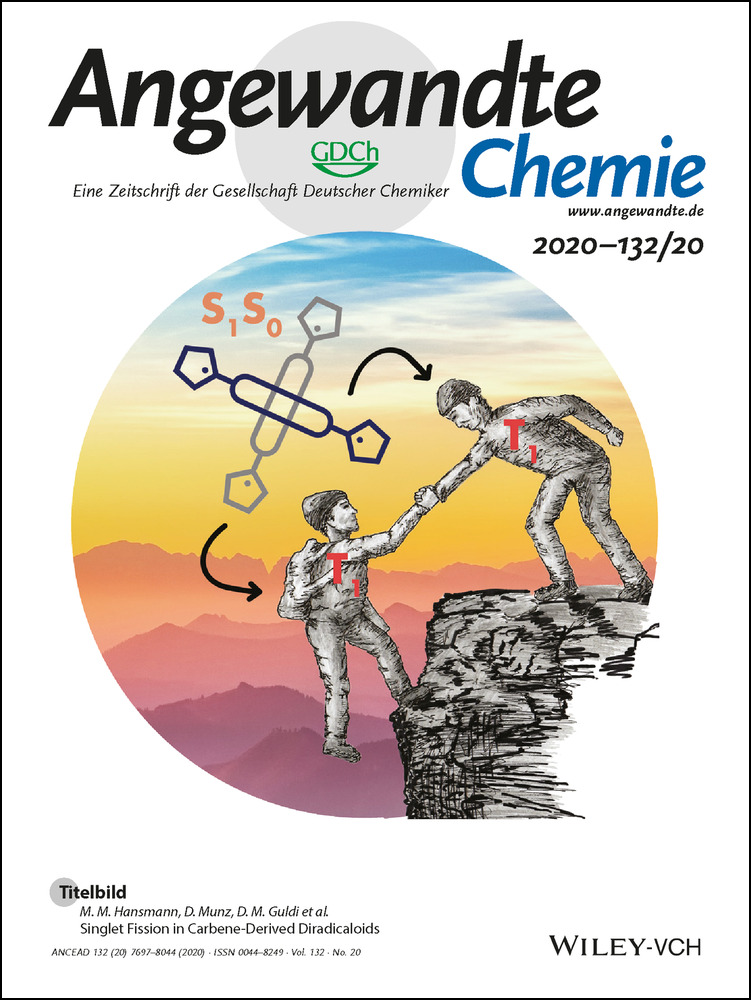Construction of Hydrocarbon Nanobelts
Dedicated to Professor Youqi Tang on the occasion of his 100th birthday
Abstract
Linearly fused hydrocarbon nanobelts are a unique type of double-stranded macrocycles that would serve as not only the powerful hosts in supramolecular science but also the templates to grow zig-zag carbon nanotubes with defined diameters. Fully conjugated hydrocarbon nanobelts such as belt[n]arenes would also possess unique physical and chemical properties. Despite the importance, both fully conjugated and (partially) saturated hydrocarbon nanobelts remain largely unexplored because of the lack of cyclization methods. Reported here is the construction of nanometer sized H12-belt[12]arenes based on the strategy to close up all fjords of resorcin[6]arene by means of six-fold intramolecular alkylation reactions of resorcin[6]arene derivatives. All resulting H12-belt[12]arenes produce a very similar nanobelt core structure with six benzene rings and six boat 1,4-cyclohexadiene rings being alternately linear-fused to give a nearly equilateral hexagonal cylinder. The average long diagonal is around 1 nm and the height of the cylinder is about 0.3 nm. The acquired H12-belt[12]arenes would be the potential precursors to various hydrocarbon nanobelts including fully conjugated belt[12]arenes.




